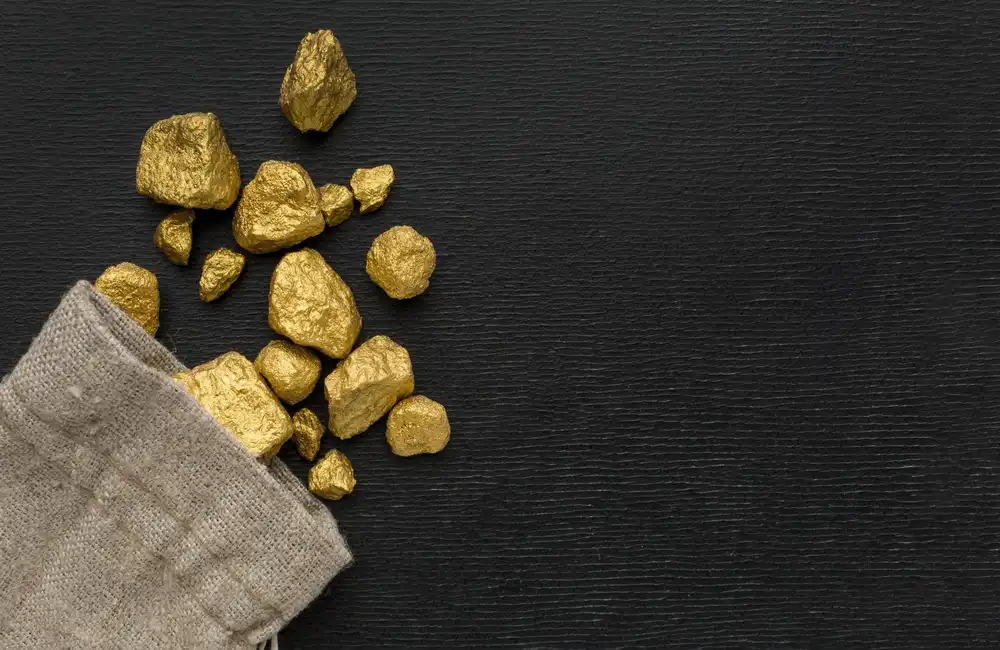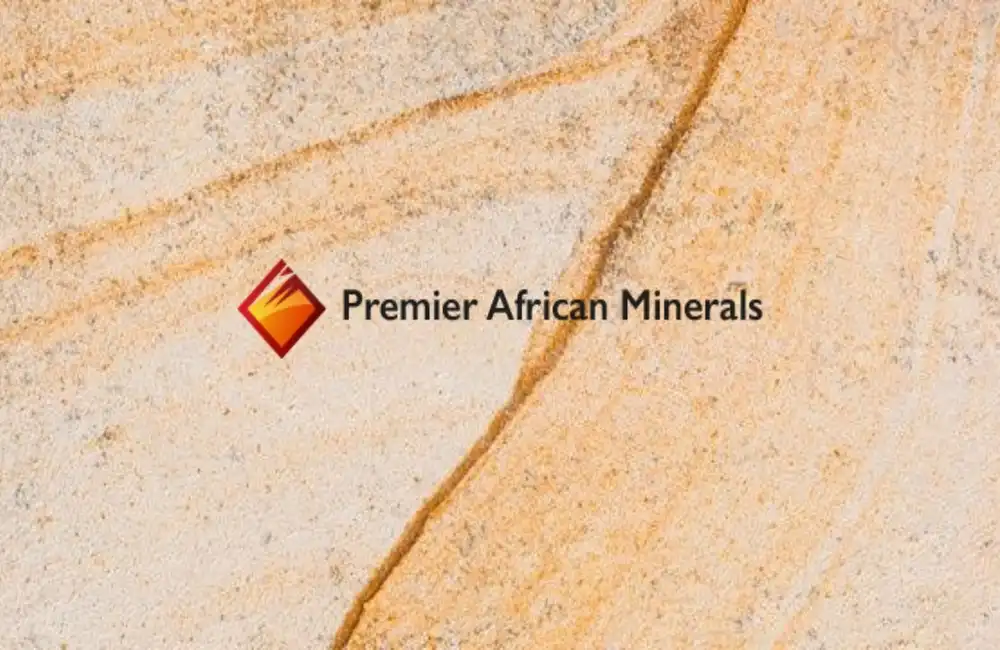Commodity and mining markets have traditionally served as important tools for investors to diversify their portfolios while simultaneously boosting returns.
Readers will learn about the importance of liquidity in these types of investments and discover practical strategies to make better investment choices.
What Is Liquidity in Investment Terms?
The fundamental meaning of liquidity is how quickly an asset can be turned into money without impacting its current market value. For instance:
- High-liquidity assets: Publicly traded stocks and widely traded commodities such as gold because investors can purchase or sell them easily.
- Low-liquidity assets: Rare earth metals and private mining projects, which can take weeks or even months to achieve a fair market price.
Why Does Liquidity Matter?
In commodity and mining investments, liquidity serves as a vital component for risk management while enabling capital flexibility and price transparency. Here's how:
1. Market Flexibility
Quick Adjustments
Investors can rapidly adjust to market changes through liquidity, which allows them to capitalise on new opportunities or reduce losses when markets decline.
Avoiding Capital Lock-In
Certain niche commodities and private mining investments often result in capital being trapped due to their illiquid nature, making quick selling difficult when required.
2. Reducing Risk
Smooth Exits
Through liquid markets, investors can sell their positions without encountering substantial price drops, thereby reducing their risk of adverse financial effects.
Mitigating Volatility
Liquidity functions as a protective measure in commodities and mining markets because price volatility in these areas requires better control mechanisms.
3. Price Transparency
Clearer Pricing
Investors gain access to real-time pricing information through liquid markets, enhancing their decision-making process.
Mitigating Manipulation
Illiquid markets frequently experience price manipulation and delayed pricing information, increasing investment risk.
Liquidity in Commodity Markets
Investors in commodity markets encounter a range of liquidity levels across different assets, leading to distinct investment possibilities and obstacles.
High-Liquidity Commodities
- Examples: Gold, oil, silver.
- Global market trading of these commodities attracts investors looking for quick buy and sell possibilities.
- The abundance of liquidity in a market means that large trades will only produce minimal price changes.
Low-Liquidity Commodities
- Examples: Rare earth elements, lithium, cobalt.
- Niche commodities typically experience low trading volumes, creating obstacles such as tough buyer searches, price volatility, and extended selling periods.
- The high growth potential of these assets requires investors to evaluate their illiquid nature, which presents certain risks.
Liquidity in Mining Investments
Investments in mining operations extend from liquid public mining firms that trade on stock markets to private mining projects which lack liquidity.
Public Mining Companies
- Examples: Barrick Gold, Rio Tinto.
- Public mining companies maintain high liquidity because their shares are listed on major stock exchanges.
- Investors have the ability to enter commodity markets and mining operations while maintaining the freedom to trade shares whenever they choose.
Private Mining Investments
- Examples: Private mining startups or projects.
- Private mining investments usually involve several years of capital lock-in because of their high illiquidity.
- The unique challenges of valuation issues and few buyers create more risk for these ventures than public mining stocks due to slower exit times.
Approaches to Maintain Liquidity for Commodity and Mining Investments
Success in these markets depends on building a strategy that integrates liquidity with return potential.
1. Diversification
- Spread Investments: Invest in liquid assets such as oil, gold, and silver together with assets that have lower liquidity like rare earth metals and private mining operations.
- Balance for Flexibility: This investment approach maintains your capital availability while you target assets with substantial growth prospects.
2. Use Exchange-Traded Funds (ETFs)
- Through commodity and mining ETFs, investors can gain diversified access to these markets in a simple and cost-effective manner without needing to purchase physical assets.
- ETFs deliver liquidity while cutting transaction costs, serving as superb investment instruments for both retail and institutional investors.
3. Research & Timing
- Evaluate Liquidity: Assess trading volumes, bid-ask spreads, and additional liquidity metrics prior to making investment decisions.
- Market Timing: Steer clear of buying illiquid assets during periods of low liquidity because large transactions can create substantial price movements.
The Impact of Low Liquidity
Investors who choose illiquid assets encounter multiple possible difficulties.
- Price Slippage: Market illiquidity can cause large trades to experience price slippage that leads to positions closing at prices lower than anticipated.
- Difficulty in Exiting: Illiquid investments may lock your capital during times of market volatility, complicating your exit strategies.
- Valuation Challenges: Determining the value of illiquid assets presents complex challenges while also making decision-making riskier.
How Advisor’s Gateway Can Help
Investors can successfully manage liquidity challenges in commodity and mining markets with the right tools and information. At Advisor’s Gateway, we provide:
- Real-Time Market Insights: Maintain a competitive edge by receiving current information specifically designed to follow liquidity patterns.
- Actionable Investment Analysis: Identify which assets will improve the liquidity of your investment portfolio.
- Curated Opportunities: Discover special investment opportunities that match your financial objectives.
Subscribe to our newsletter to learn about liquid investment opportunities and get expert advice delivered to your inbox.
Final Thoughts
Investing in commodities and mining depends heavily on liquidity, which determines how investors can handle risks and exit positions while seizing opportunities. Investors in public mining stocks along with rare earth elements and private mining ventures should prioritise liquidity considerations.
Advisor’s Gateway delivers expert insights and market access to help investors make intelligent decisions and optimise their portfolios.





















